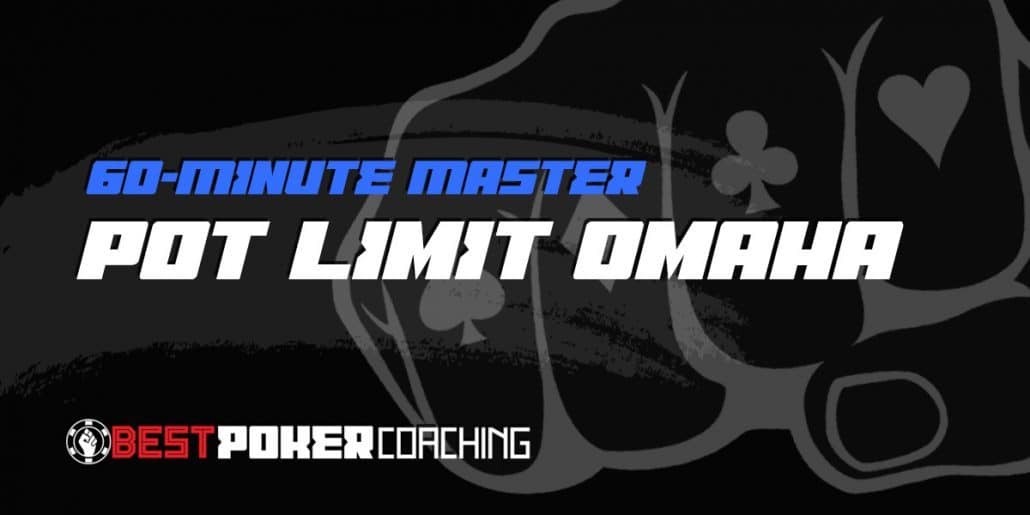Limit Omaha Hi Lo Strategy
The low hand winner is the player with the best hand featuring five unpaired cards valued 8 or lower. Flushes and straights are ignored in the low hand. If you know the basics of Pot Limit Omaha Hi strategy, you should have no problems getting to grips with Omaha Hi Lo strategy, so here are some tips to get you started. Be prepared to fold on the flop. An essential Omaha 8 strategy is to recognize when you have. We play $4/$8 limit Omaha high low with a a half kill on Friday and big O with the same structure on Monday at Firelake Grand Casino in Shawnee, OK. Michael June 5, 2018 They are playing Big O at The Orleans in Las Vegas June 16, 2018, Saturday.


In many live casinos, Omaha Hi-Lo is often the “other” form of poker offered in the poker room.
The reason is that it offers players a lot more action than low-stakes Limit Hold’em but at less risk than NL Hold’em.
Omaha Hi Lo Rules
Today we will take a look at how to play in low stakes Omaha Hi-Lo cash games. If you are not familiar with how to play Omaha Hi-Lo, check out our Five-Minute Crash Course in Omaha Hi-Lo
Starting Hands – Tight is Right
Omaha Hi-Lo is one game where a “tight is right” strategy definitely applies to most cash games.
You’re no going to win as often with speculative hands in Omaha Hi-Lo, so stay away from them whenever possible.
You’re looking to scoop pots in Omaha Hi-Lo, and you will want to play starting hands with strong scoop potential. Suited (S) and double-suited (DS) hands like A-A-2-3, A-A-2-4, A-2-3-4, A-A-3-4, A-2-3-x and similar are great examples.
Good combo hand also include hands like A-2-3-K, A-Q-3-4, A-Q-2-4 and similar.
Many will argue that you don’t want to enter a hand unless you have A-2 in your hand, and that isn’t a bad tip for most beginners. We recommend that you look for hands with A-2 and at least one other low card in order to give you some counterfeiting protection.
Don’t completely overlook high hands like A-K-Q-J or A-A-K-J as there are going to be times where the flop comes high. However, you don’t want to invest a lot in these hands pre-flop. These are hands where you come in cheap and get out if the flop comes low.
Pre-Flop Play
Keep in mind that many low-stakes Omaha Hi-Lo games are going to be multi-way affairs pre-flop and you will have a hard time thinning the field.
As such, your raises should probably be limited to two reasons – strong hands and building a pot.
If you have a strong starting hand pre-flop, such as A-A-2-3 DS or A-A-2-K S, you will want to go ahead and put in a raise. Odds are this will just induce calls but you have got to try and control the action.

Of course, when you raise pre-flop, this will put the astute players at the table on notice that you have a strong hand and could help you on later streets if certain draws develop
Most of the time, raising pre-flop will be done to build a pot. If action starts getting heavy, you want to primarily stick with hands with strong scooping possibilities.
Pot Limit Omaha Hi Lo Strategy
Also, don’t fall in love with a hand containing either naked aces or a hand with a bare A-2. Naked aces is a hand containing aces but the other two cards are not coordinated. The same applies to a bare A-2.
Pot Limit Omaha Hi Lo Tournament Strategy
Naked aces and a bare A-2 will often only win you half the pot and cost you more money when they don’t hit.
Flop Play – Draw to the Nuts or Get Out
Once the flop hits, how you proceed will depend on your hand and your drawing potential. If you don't have a made hand or a solid draw after the flop, it's time to fold your hand.
When drawing, you need to be drawing to the nuts for at least half the pot in order to continue.
If you flop a made hand, evaluate to see the likelihood of getting outdrawn. When facing multiple potential draws, this may not be the best hand to stay in.
When you flop a monster nut draw, especially if you’re drawing for the nuts both ways, consider putting in a raise to thin the field.
Also, when you flop the nuts for either high or low, go ahead and put in a bet to try and either thin the field or build the pot. Some people will disagree with this strategy but betting gives you an extra shot at winning the pot by someone folding.
Turn Play – Nuts or Nothing
When the turn hits, you will again evaluate your position. If you don’t have the nuts and are not drawing to the nuts either way, get out.
You will only want to continue past the turn with made hands and hands drawing to the nuts. Now is a great time to also evaluate whether your low will be counterfeited by another low.
If you’re only going for low and are facing a potential counterfeit situation, then you may want to fold unless you have at least three other players in the pot. Otherwise you will lose money in the hand if counterfeited.
River – Pump Up the Pot When Possible
If you have made it to the river with the best hand, pump up the pot. You will find a lot of players that will call down with second or third best hands on the river, allowing you a chance to extract some additional value.
About the only time you might want to slow down is if you only have low and think that you might be getting counterfeited. Unless there are four players or more in the pot, you will lose 25% of the money you put in on the river in a counterfeited pot.
Don’t be afraid to bluff into a pot on the river if you think your opponent was on a draw and the draw didn’t get there. They will often fold and you take the pot down without showdown.
Tight is Often Right in Low Limit Omaha Hi-Lo
Texas Hold’em has programmed many players to stay away from tight play, but other forms of poker will reward you for waiting for better hands.
In low-limit Omaha Hi-Lo games, you will want to play solid starting hands and incorporate a tight style of play in order to maximize profits.
Omaha Hi-Lo is both a split-pot game and a game that often brings high action due to the number of cards available to each player.

Limit Omaha Hi Lo Strategy
As such, you need to tighten up your game in order to compete. It may not be the most exciting way to play poker, but it is a profitable way.